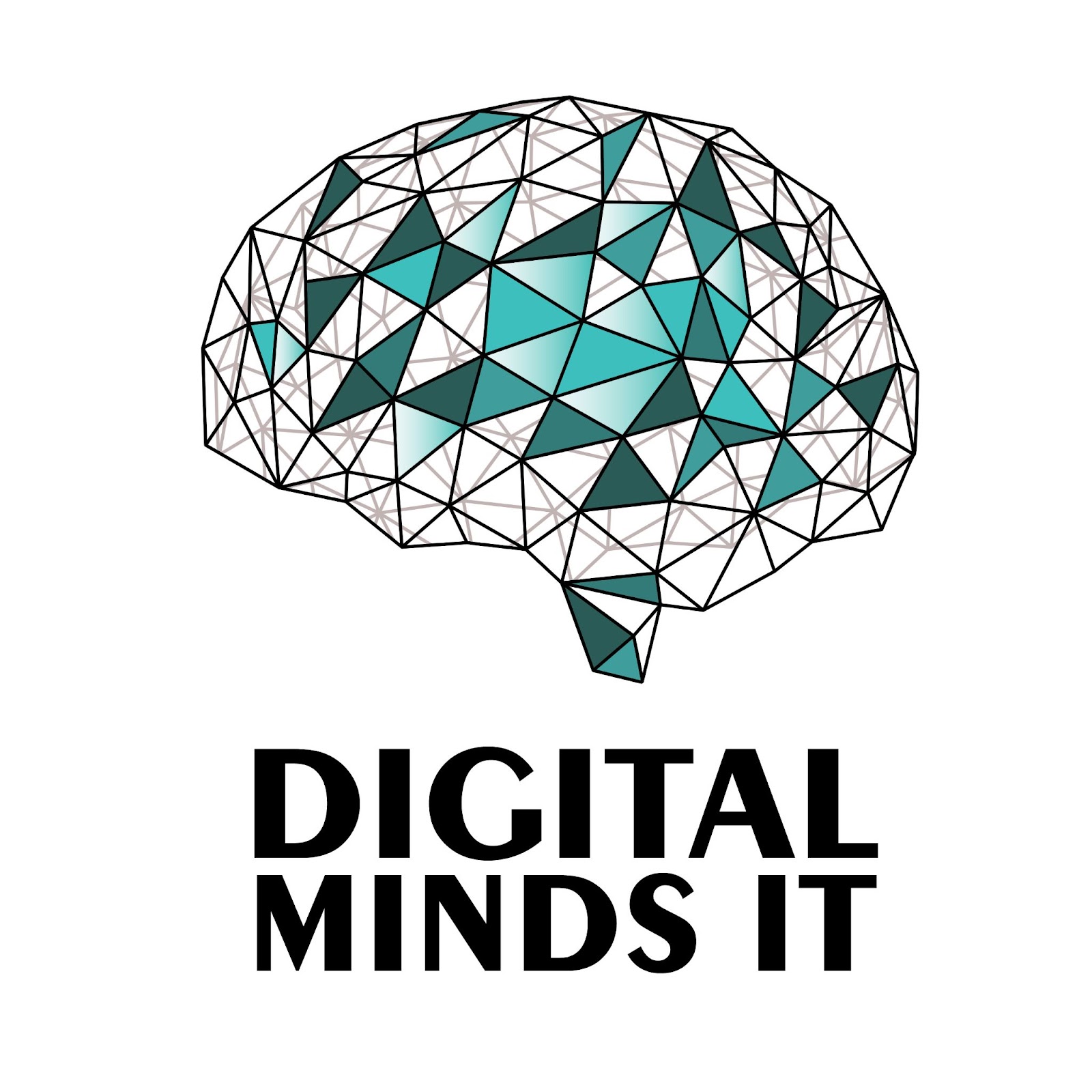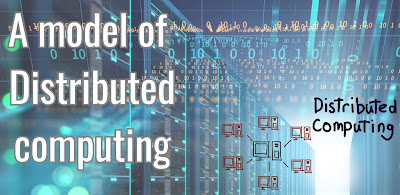A Distributed Computing Paradigm Designed for the Real-Time Era is Known as Edge Computing.
What exactly does "Edge Computing" mean?
Edge computing is a concept of distributed computing that places computing and data storage in closer proximity to the locations where data is generated. Putting edge servers or devices at locations that are physically closer to the data sources is one way to accomplish this goal. Computing at the edge has the potential to speed up reaction times, conserve bandwidth, and cut down on latency.
Why Use Computing at the Edge?
There are a number of factors contributing to the surge in interest in distributed computing at the edge. To begin, the quantity of data produced by machines and sensors is increasing at a pace that is exponential. This data has to be processed and evaluated in real-time, which might be challenging to do in the cloud due to the nature of the data. The data may be brought closer to the site of creation via the use of edge computing, which can assist to overcome this issue.
Second, computation at the edge may help cut down on latency. The amount of time it takes for data to move from one location to another is referred to as latency. The processing of data in the cloud requires that the data travel over a significant distance, which might result in delay. Edge computing has the potential to minimize latency by moving data closer to the location where it was generated.
Third, edge computing may help reduce the amount of bandwidth used. When data is processed in the cloud, it must be sent between the edge devices and the cloud on a consistent basis. It's possible that this will consume up a lot of bandwidth. Through the use of edge computing, bandwidth may be reduced by processing data locally on edge devices.
Examples of Computing on the Edge
There are several applications of edge computing that are now in use. Some instances include:
Edge computing is being used in smart cities to facilitate the collection and analysis of data gleaned from various sensors and devices. These data have the potential to enhance the management of traffic, as well as energy efficiency and public safety.
Edge computing is being used in the Internet of Things (IoT) for the purpose of collecting and analyzing data from various pieces of machinery and equipment. These data may be put to use to boost production, enhance operational efficiency, and minimize downtime.
Collecting and analyzing data from various medical devices is one of the applications of edge computing in the healthcare industry. These data may be used to enhance patient care, assist in illness diagnosis, and monitor patient progression.
How to Gain Further Understanding of Edge Computing
There are many resources accessible to you to learn more about edge computing if it is something that you are interested in doing. The following are examples of some of these resources:
A consortium specializing in edge computing:
The Edge Computing Consortium is an organization that operates on a not-for-profit basis that works to increase the use of edge computing. There is a wealth of material on edge computing available on the website of the Edge Computing Consortium. This may be in the form of white papers, case studies, or tutorials.
In the words of The Linux Foundation:
The Linux Foundation is an organization that does not operate for profit and works to encourage the creation of open-source software. EdgeX Foundry is an open-source platform for edge computing that is being developed as part of a project overseen by the Linux Foundation.
Computing on the edge conferences:
Edge computing is the topic of discussion at a number of different conferences. The Edge Computing World Forum and the Edge Computing Summit are only two of many gatherings that take place annually.
I really hope that you were able to learn something new about edge computing from this blog article. In the event that you have any inquiries, you are more than welcome to leave a remark down below.






0 Comments